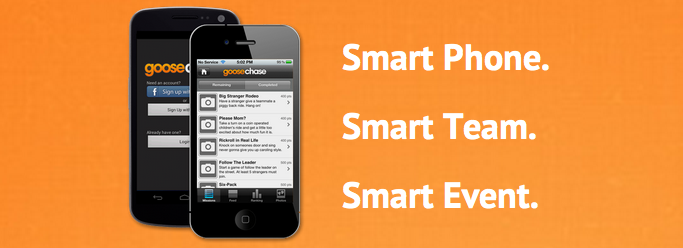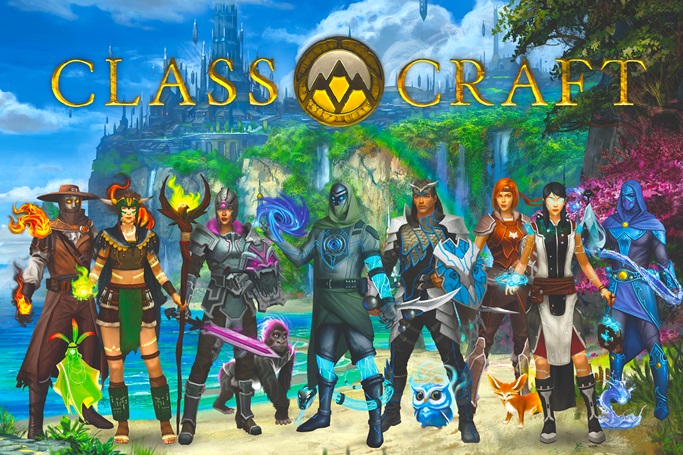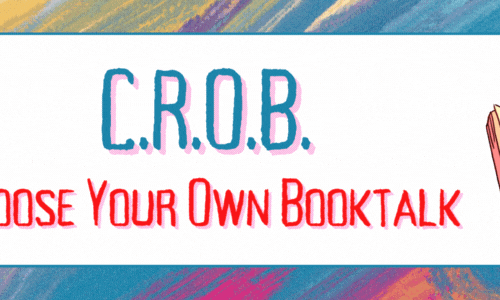Gamification in the Library
There are so many ways to gamifiy your library and some of my favorite ways to do this include several relatively new tools. I like to use scavenger hunts, QR codes, augmented reality, and classroom management tools to engage my students.
“The gamification of learning is an educational approach to motivate students to learn by using video game design and game elements in learning environments. The goal is to maximize enjoyment and engagement through capturing the interest of learners and inspiring them to continue learning. Gamification, broadly defined, is the process of defining the elements which comprise games that make those games fun and motivate players to continue playing, and using those same elements in a non-game context to influence behavior. In other words gamification is the introduction of game elements in a non-game situation.” “Gamification Of Learning”. 2018. En.Wikipedia.Org. Accessed July 23 2018. https://en.wikipedia.org/wiki/Gamification_of_learning.
In essence, gamification uses game theory and elements to increase the engagement and learning. I have found that even the most reluctant student instantly becomes more attentive and interested in the content when you include some of these elements. So let get started with the tools.  Goosechase
Goosechase
What: An app for online scavenger hunts that combines news-feed, photos, pictures, Q & A, and text. Each scavenger hunt includes missions that can be completed by teams or individually. It allows students to get up and travel around your room or even the school. One of my track coaches even used it for her team around the neighborhood. I created my Scavenger Hunt on their website on a computer as I found it much easier. There is a bank of questions that you can use if you need it, but you can also create your own. Hunt questions include the team taking a photo, creating a video, multiple choice questions, and text answers. Students can see a feed of items as each team completes the questions. As the administrator of the scavenger hunt, you can reject any answer a student gives. Each question is assigned a point value and the teams are competing to get the most points. You can stop the scavenger hunt at anytime with the click of a button.
Free Version: You can only have 5 teams or individuals
Applications: So many assessments and lessons could be turned into a scavenger hunt. It could also be used for library orientation and team building and developing a community of learners.
 Classcraft
Classcraft
What: Classcraft is a tool that uses a game environment to monitor class behavior and accomplishments and rewarding students for their efforts. You can create teams within Classcraft which is quite an effective use of peer motivation. Teachers can customize the environment and adapt it to fit their classroom. However, you can use the presets within the product. I have found that when used the most effectively the teacher creates content that is directly related to what the class is doing. You can tie points earned to anything the students complete from homework to online quizzes and projects. Behavior is only the tip of the iceberg. It also looks cool like a detailed role-playing game. When using teams, you can even give different members of the team different abilities. It can be as complex or simple as you like.
There are five different point types found in the game. There are HP (Health Points), XP (Experience Points), AP (Action Points), GP (Gold Pieces), and PP (Power Points). Each helps student engagement and success. The parent connection is great and gives parents the ability to award GP to their child for good deeds done at home. Home connection! With a coordinating Classcraft app (iOS; Android; Windows) and a Chrome Extension, you are able to manage your class with ease. This video helps describe a typical day in Classcraft.
Free Version: You can utilize most of the product except some premium features like boss battles and Google Classroom integration
Applications: Depending on your level this could be used for classroom management of your information literacy skills classes or electives you are teaching. It will definitely be something you can utilize if your teachers are it using during collaborations for secondary. I plan to use it with my 6th grade classes and one of my teachers will be using it as well. We shall see how it goes! I will also use it in my Game Design class because why not! Its use and function is another lesson within my class.
 These are two products that I think you should consider checking out and integrating into your library. They will engage and stimulate wonder in your classroom. A library is a classroom open to the entire school. Learning is just the beginning of what we can do! I am in a 6-12 School Library in upstate New York and love technology. Thank you to Richard Byrne at Free Technology 4 Teachers who inspired me to resurrect this blog to share my knowledge and love of educational technology.
These are two products that I think you should consider checking out and integrating into your library. They will engage and stimulate wonder in your classroom. A library is a classroom open to the entire school. Learning is just the beginning of what we can do! I am in a 6-12 School Library in upstate New York and love technology. Thank you to Richard Byrne at Free Technology 4 Teachers who inspired me to resurrect this blog to share my knowledge and love of educational technology.
